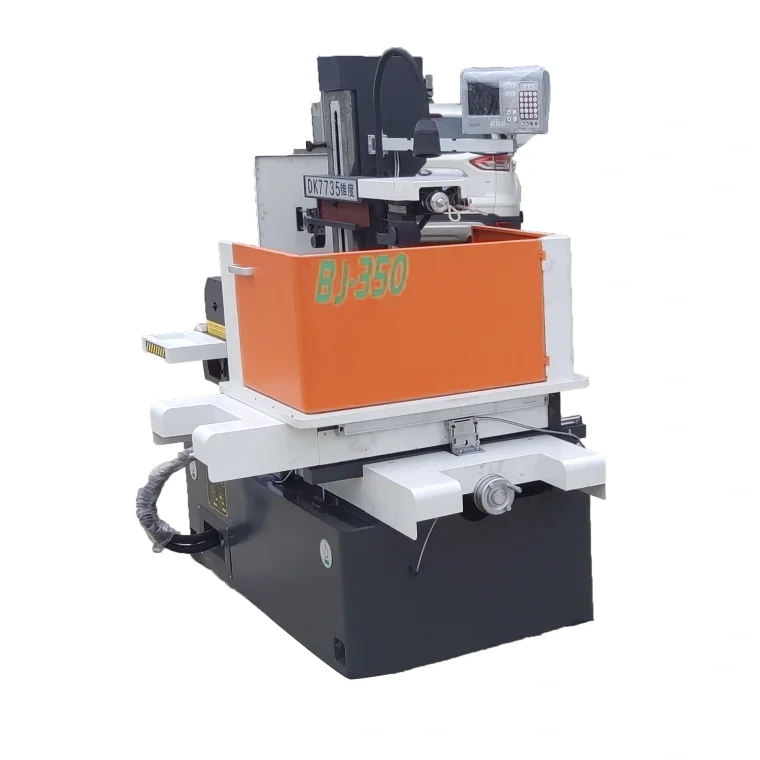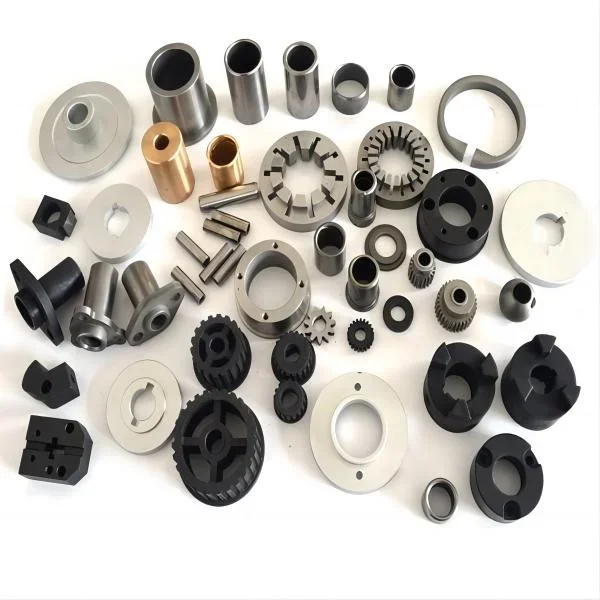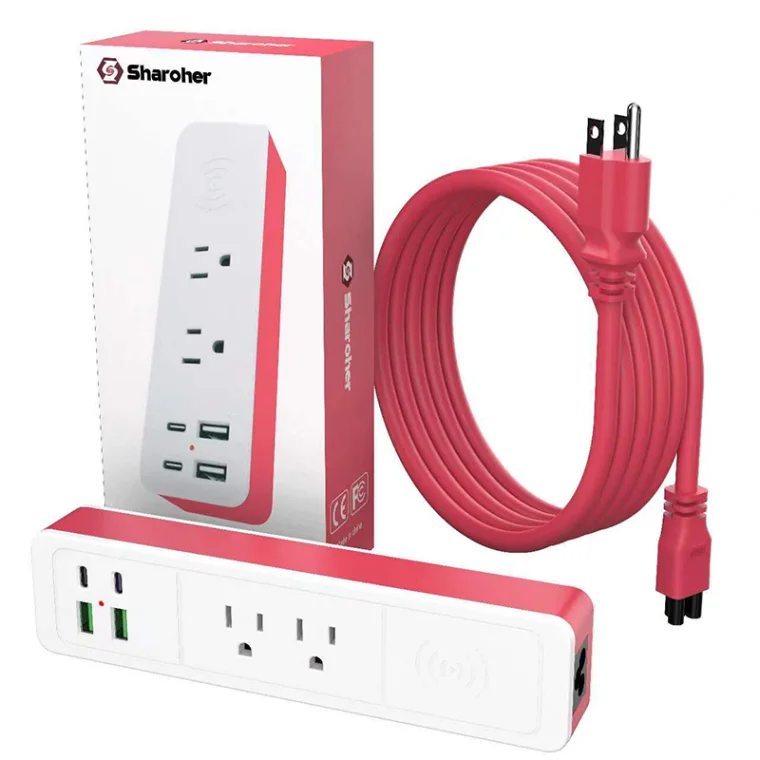Blood pressure measurement is a critical component of healthcare, providing essential insights into a patient's cardiovascular health. While automatic devices have gained popularity for their convenience, the manual pressure cuff, or sphygmomanometer, remains a gold standard in clinical settings. This article delves into the intricacies of using a manual pressure cuff, ensuring accurate readings and enhancing your clinical skills.
Understanding the Manual Pressure Cuff
A manual pressure cuff consists of an inflatable cuff, a pressure gauge (manometer), and a bulb for inflation. It operates on the principle of auscultation, where the healthcare provider listens to the Korotkoff sounds—specific sounds produced by blood flow through the arteries—as the cuff is deflated. Mastery of this technique is essential for accurate blood pressure readings.
Preparing for Measurement
Before using a manual pressure cuff, proper preparation is crucial:
- Select the Right Cuff Size: The cuff should encircle 80% of the arm's circumference. Using an incorrectly sized cuff can lead to inaccurate readings. For example, a cuff that is too small may yield falsely high readings, while a cuff that is too large can result in falsely low readings.
- Position the Patient: Ensure the patient is seated comfortably with their back supported, feet flat on the floor, and arm at heart level. The arm should be bare, and the cuff should be placed directly on the skin, not over clothing.
- Calm the Patient: Encourage the patient to relax for at least five minutes before measurement. Anxiety can elevate blood pressure, leading to misleading results.
Step-by-Step Procedure for Using a Manual Pressure Cuff
- Apply the Cuff: Wrap the cuff snugly around the upper arm, ensuring that the lower edge is about one inch above the elbow crease. The bladder of the cuff should be centered over the brachial artery.
- Locate the Brachial Artery: Palpate the brachial artery by feeling for the pulse in the antecubital fossa (the crease of the elbow). This will help you position the stethoscope correctly.
- Inflate the Cuff: Using the bulb, inflate the cuff rapidly to about 20-30 mmHg above the expected systolic pressure (usually around 180 mmHg for most adults). This ensures that blood flow is completely occluded.
- Auscultate the Korotkoff Sounds: Place the diaphragm of the stethoscope over the brachial artery. Slowly deflate the cuff at a rate of 2-3 mmHg per second. Listen carefully for the first sound (the systolic pressure) and the point at which the sounds disappear (the diastolic pressure).
- Record the Measurements: Document the readings as systolic/diastolic (e.g., 120/80 mmHg). It is advisable to take two or three readings, waiting for at least one minute between each to ensure accuracy.
Common Pitfalls and How to Avoid Them
- Incorrect Cuff Size: Always measure the arm circumference and select the appropriate cuff size. If in doubt, consult the manufacturer’s guidelines.
- Improper Positioning: Ensure the arm is supported and at heart level. An elevated arm can lead to lower readings, while a lowered arm can cause higher readings.
- Rushing the Process: Take your time during inflation and deflation. Rapid deflation can cause inaccurate readings due to the inability to hear the Korotkoff sounds clearly.
- Ignoring Patient Factors: Be aware of factors such as recent physical activity, caffeine intake, or stress, which can affect blood pressure readings.
Conclusion
Using a manual pressure cuff effectively requires practice and attention to detail. By following the outlined steps and avoiding common pitfalls, healthcare professionals can ensure accurate blood pressure measurements, leading to better patient outcomes. Mastery of this skill not only enhances clinical competence but also builds trust with patients, reinforcing the importance of accurate health assessments in their care journey.





